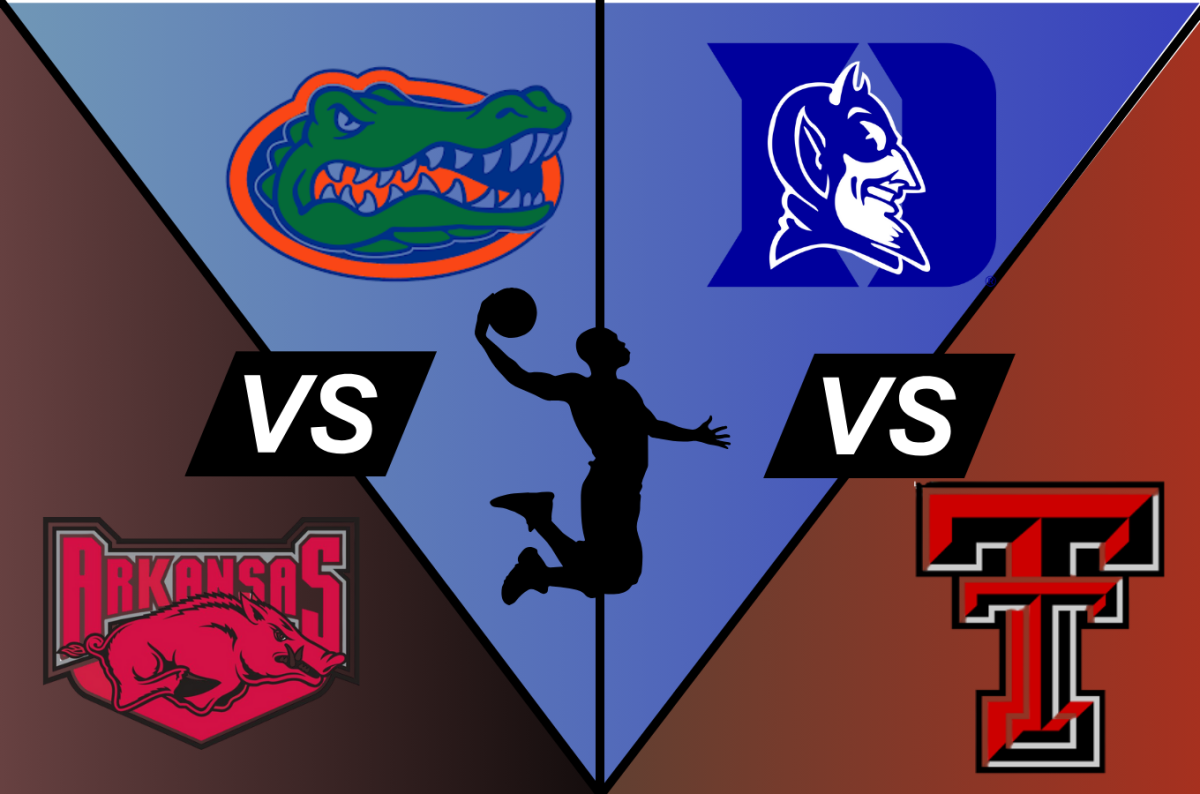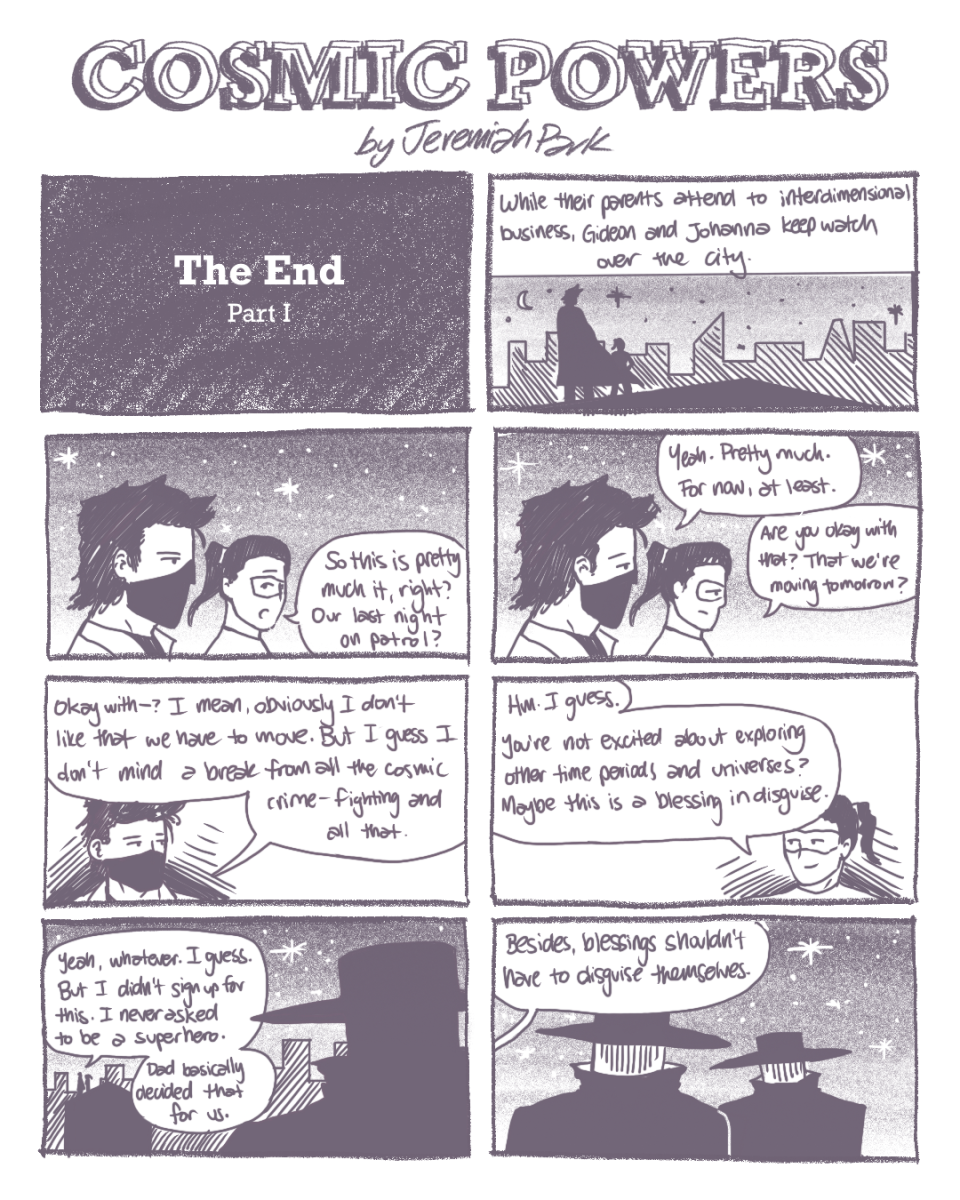Rubber hits asphalt as 20 cars bolt around a deliberately constructed circuit. Checkered flags wave in the crisp air of Japan, Italy, Monaco, and other historical destinations around the world. Fans cheer in grandstands, watching their favorite drivers overtake others with pride. This phenomenon is Formula One Racing, the most prestigious class of racing for open-wheel single-seater formula racing cars. Formula 1, also known as F1, was founded in 1950 in Silverstone, UK but remains, and continues to build worldwide popularity to this day. In the past year, television media, social platforms, and races coming to popular locations have boosted the traction and popularity of F1 heavily.
On February 24th, 2023, the highly anticipated fifth season of the Netflix Original docuseries “Formula 1: Drive to Survive” premiered, recording more than 6.8 million viewers and ranking in the top ten on the Netflix charts in 56 countries. Many F1 fans, new and old alike, were enticed by the show’s ability to take viewers behind the scenes and to emphasize the dramatism throughout the previous year’s racing season. Mr. Sameer Bhatt, the AP Government teacher and varsity basketball coach at Ayala, has been a long-time fan of Formula 1 and a recent fan of the show.
“[Watching] the actual process and preparation that goes into races makes the documentary series fun to watch,” said Bhatt. “It’s an extremely competitive sport; the drama and build up to a race is very engaging…and you have some of the world’s greatest car manufacturers competing against one another.”
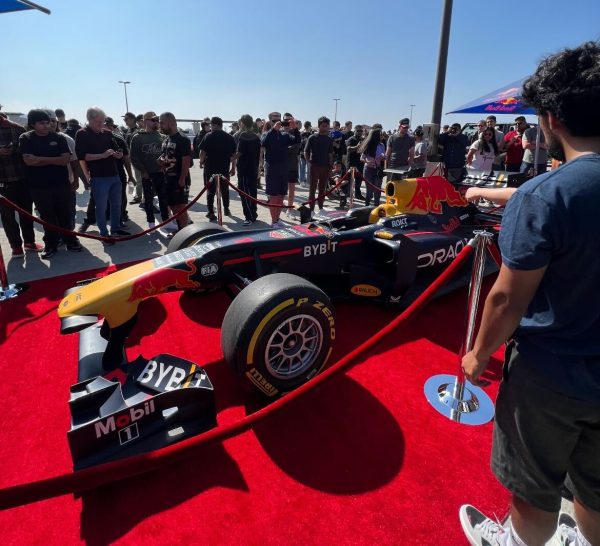
A big factor that plays into the appeal of the show is the level of drama and how Netflix is able to bring a lens to the driver’s egos. In order to succeed in F1, drivers and engineers alike, have to exhibit great ambition and bravery. Team managers are the embodiment of fierceness, often going to nip each other in the ankles by throwing taunting comments and pushing their team to go above and beyond. By focusing on these aspects, the series added a new layer of depth and intrigue to F1. In doing so, it reached out to an audience far beyond the traditional motorsport enthusiasts. This show was pivotal in making the sport more accessible, relatable, and exciting for a diverse global audience, contributing significantly to Formula 1’s resurgence in popularity.
Although they’ve had great success, movies and shows aren’t the only F1-related media that contribute to their popularity. A large part of the attention on F1 can be credited to social media. In the age of Instagram, TikTok, and YouTube, where visual content reigns supreme, Formula One drivers have become not just athletes, but also celebrities in their own right. A quick scroll through platforms like Instagram reveals that Formula One drivers often have followers in the millions. For instance, Lewis Hamilton, the sport’s most successful driver, boasts over 35 million followers on the platform. Such massive followings enable these drivers to reach not only avid racing fans but also a much broader audience, including those who are attracted by their charisma, lifestyle, or even their sense of fashion. Many people who have never batted an eye towards the races became suddenly intrigued after seeing popular media of racers that they find attractive.
Senior Winston Wu said, “I’ve definitely seen videos of people getting into F1 because of the attractiveness of the racers, especially [driver] Charles Leclerc.”
In more recent attention, Formula 1 is on its way to Las Vegas for the first time. Although for much of its history, F1 has been geared towards a mainly European audience, with the 2023 season having an additional America-based race turns the heads of many Americans.
“Motorsports are generally not as popular in America because America has more history with NASCAR [or] Indycar which are more popular since there are more races here,” said senior Clarisse Nikaido. “But with more races that are going to be held in Vegas, Miami, and Austin, and with all of the influencers who go to those events, it’s more likely for people to see it on social media.”
However, not all F1 news are positive mentions. In the past year, much controversy has arisen in Vegas as the circuit and grandstands begin their construction on the infamous Las Vegas Strip. Many tourists and residents alike have commented on the disturbance that F1 is causing in the city. Important sidewalks have been blocked off, roads closed off left and right, and sights of the Strip have been obstructed by new grandstands. Videos of these instances have been posted on social media platforms, like TikTok, and attracted attention from U.S. viewers. Similarly, platforms have been buzzing to talk about the recent Qatar Grand Prix’s controversy, as many drivers suffered from dehydration and heat exhaustion. Nevertheless, negative attention still generates attention, pulling in more interest and engagement to the nitty gritty parts of Formula One.
Nikaido said, “I follow the official F1 account and some of the teams with some of the drivers. I’ve [also started] listening to podcasts about [F1] because it’s so complicated and interesting—the mechanical side of things, and also the excitement of the racing.”
The current atmosphere around F1 is captivating to younger audiences who are now paying attention to it. Encouraged by rising popular media about the sport, newfound fans find the personalities of drivers appealing and aim to find more content that can expand on their new interest. All in all, Formula 1 is simply a sport that can catch the interest of anyone and in the last year, this has proven to be true. It has an accessible gateway for anyone willing to embark on the exhilarating journey it provides. As the 2023 season unfolds, Formula 1’s meteoric rise in popularity continues to rewrite the record books, drawing in an ever-expanding global audience with each exhilarating race, setting new benchmarks for its own success.



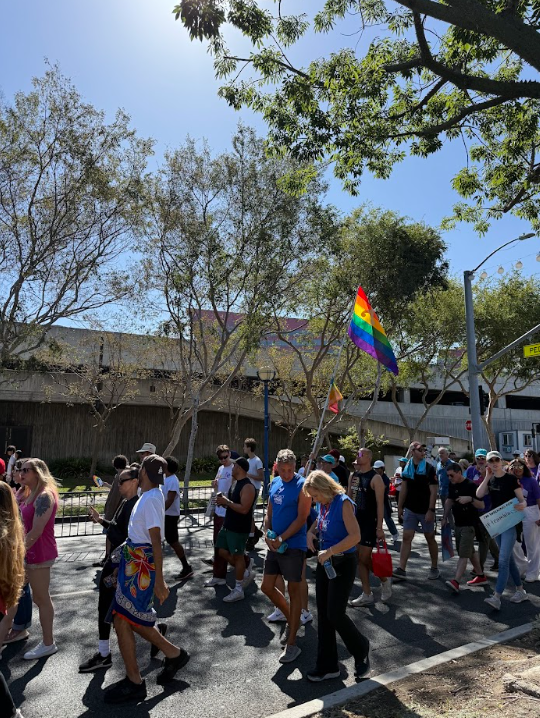



















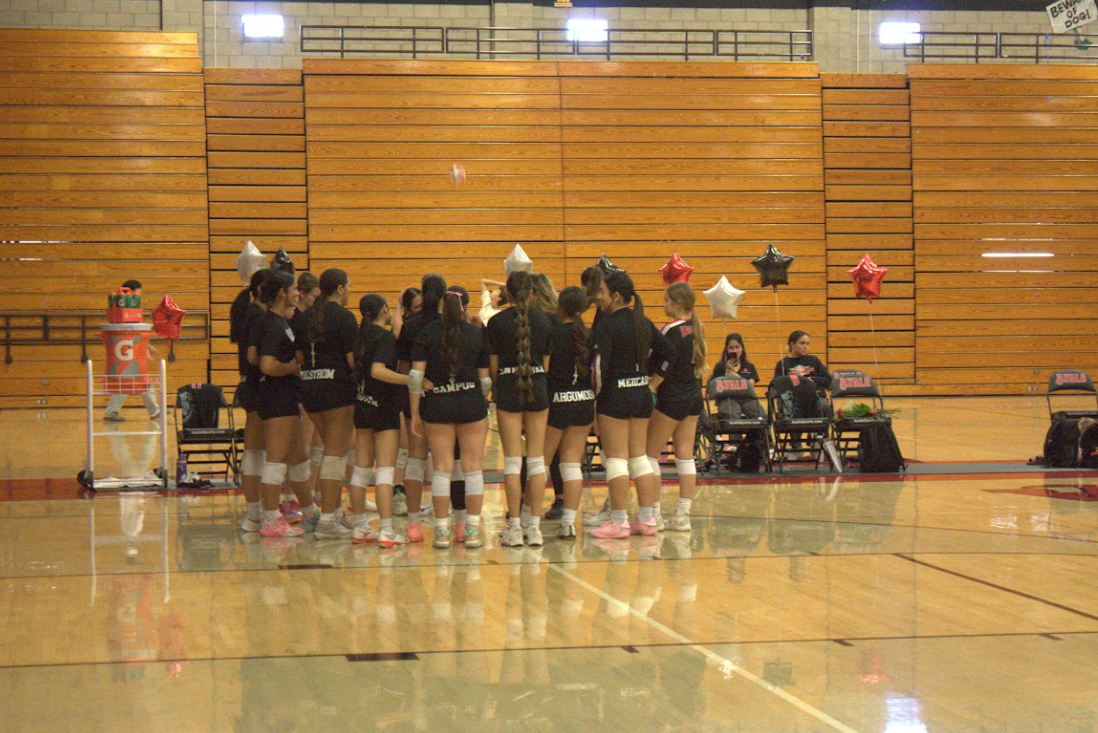


![“I'd say [this season was] successful because I didn't really think I was going to really play much because I'm a freshman. But my coaches took the time and believed in me,” Jonah Boyd (9) said. As a freshman, Boyd has already achieved great success during his first year on the boys Varsity baseball team.](https://ayalabulldogtimes.org/wp-content/uploads/2025/05/IMG_1598-1.jpeg)



